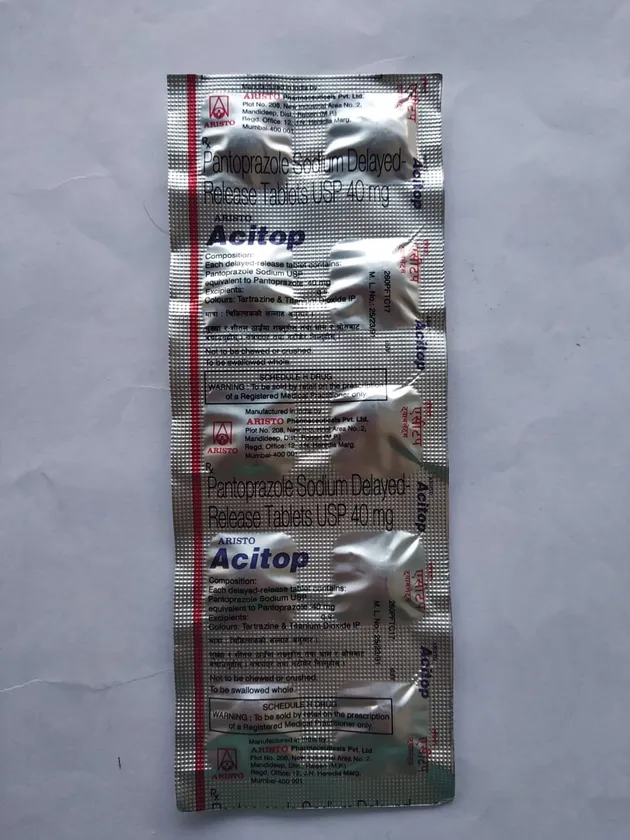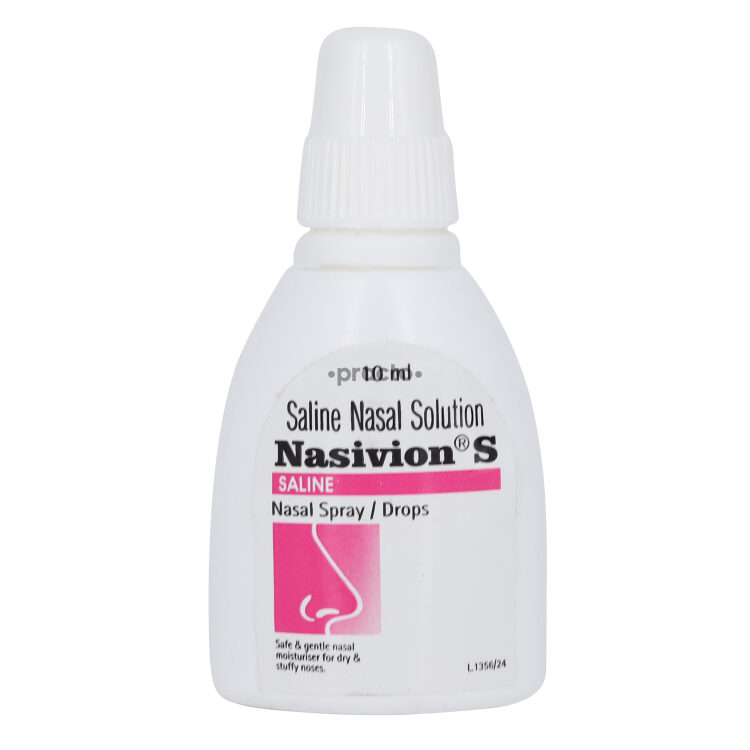BSF/PP Test
BSF and PP give a complete picture of blood glucose control, both in a fasting state and after eating. This is especially important for diagnosing diabetes and for diabetic patients managing their condition.
Description
🩸 BSF / PP Test Explanation
🔹 1. BSF (Blood Sugar Fasting) Test
Full Form: Blood Sugar Fasting
What it measures: The glucose level in your blood after fasting for at least 8–12 hours.
Why it’s done:
-
To screen for diabetes or prediabetes
-
To check how your body controls blood sugar without the influence of food
-
Commonly included in general health checkups
Normal Range:
-
70 to 99 mg/dL (Normal)
-
100–125 mg/dL (Prediabetes)
-
126 mg/dL or higher (Diabetes – needs confirmation)
Preparation Required:
-
Do not eat or drink anything except water for 8–12 hours before the test.
🔹 2. PP (Postprandial Blood Sugar) Test
Full Form: Postprandial Blood Sugar
What it measures: The glucose level in your blood 2 hours after eating a meal.
Why it’s done:
-
To see how well your body processes sugar after food
-
Helps monitor blood sugar control in people with diabetes
-
Used alongside BSF for accurate diagnosis
Normal Range (2 hours after eating):
-
Less than 140 mg/dL (Normal)
-
140–199 mg/dL (Prediabetes)
-
200 mg/dL or more (Diabetes)
Preparation Required:
-
Eat your regular meal, then get the test done exactly 2 hours after finishing your meal.
🔍 Why Are Both Tests Done Together?
Together, BSF and PP give a complete picture of blood glucose control, both in a fasting state and after eating. This is especially important for diagnosing diabetes and for diabetic patients managing their condition.





Reviews
There are no reviews yet.